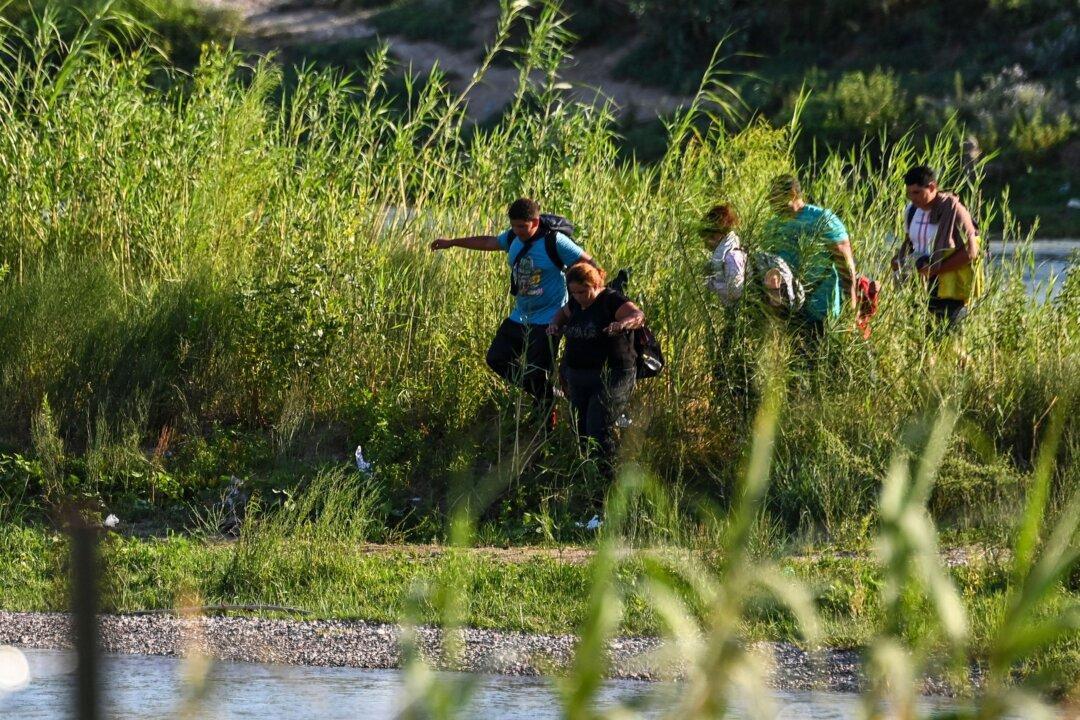Following a four-day manhunt, the illegal immigrant accused of shooting and killing five neighbors, including a 9-year-old boy, in Cleveland, Texas, was arrested on May 2 after authorities received a tip on his whereabouts.
Francisco Oropesa, 38, was taken into custody without incident in Cut and Shoot, Texas, authorities said during a press conference following his arrest. Cut and Shoot is a small town about six miles east of Conroe.





